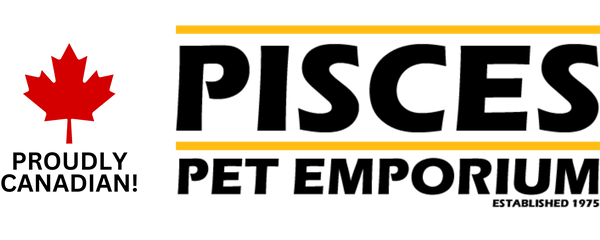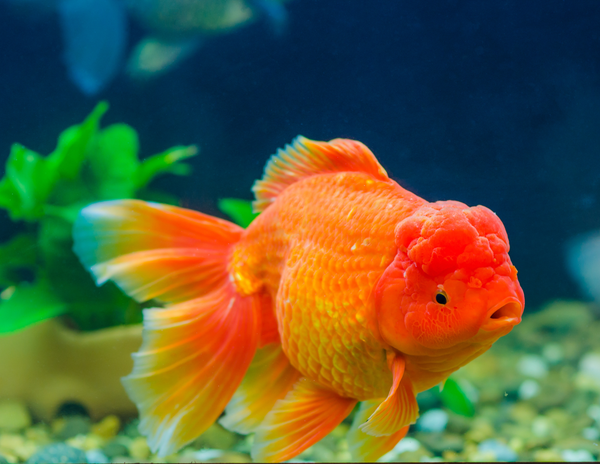Not all reptiles require the same substrate. Depending on the species and tank set-up, you may find that one has significant benefits over the other. Though there are dozens of possible substrates you can use, were going to look over some of the more common types, with a large spectrum of available uses!
Terrarium Liner
 Made from recycled material, the Zilla Terrarium Liner is a sheet of carpet-like material to lay on the bottom of your terrarium. Simply cut to size to fit and place on the bottom. These liners don't look very natural, and are better suited for simple tanks, as it will need to be taken out to clean approximately once a week depending on the species. This makes an excellent substrate for juvenile reptiles, as there is no chance of any accidental ingestion and is easy to keep a sanitary, clean environment. However, this is not ideal for any species that requires high humidity, as it does not hold moisture well.
Made from recycled material, the Zilla Terrarium Liner is a sheet of carpet-like material to lay on the bottom of your terrarium. Simply cut to size to fit and place on the bottom. These liners don't look very natural, and are better suited for simple tanks, as it will need to be taken out to clean approximately once a week depending on the species. This makes an excellent substrate for juvenile reptiles, as there is no chance of any accidental ingestion and is easy to keep a sanitary, clean environment. However, this is not ideal for any species that requires high humidity, as it does not hold moisture well.
Recommended for: Various juvenile species, bearded dragons, leopard geckos, fat-tailed geckos and banded geckos.
Cypress Mulch
 Good ol' cypress much... our personal favorite. Cypress mulch is excellent for retaining moisture while providing a natural forest floor look. Cypress mulch will not splinter. The light coloration makes it easy to spot and clean any fecal droppings. Cypress mulch can stay damp for long periods, effectively raising the relative humidity of your terrarium. This makes an idea substrate for most any tropical species of snake, lizards or tortoises.
Good ol' cypress much... our personal favorite. Cypress mulch is excellent for retaining moisture while providing a natural forest floor look. Cypress mulch will not splinter. The light coloration makes it easy to spot and clean any fecal droppings. Cypress mulch can stay damp for long periods, effectively raising the relative humidity of your terrarium. This makes an idea substrate for most any tropical species of snake, lizards or tortoises.
Recommended for: Basilisks, water dragons, hermann's tortoise, box turtles, iguanas, forest dragons, fire skinks, ball pythons and arboreal snake species.
Coconut Fiber
 Fancy dirt, for lack of a better word. Coconut fibre substrate is much cleaner and safer than dirt, while providing all the same benefits. This substrate is excellent for plant growth, making it a favorite for bio-active and planted terrariums. Coconut fiber hold moisture well, and like cypress mulch is great and keeping a higher humidity enclosure. This makes it ideal for frogs and burrowing species of tropical amphibians and reptiles. Mix with sphagnum moss for maximum relative humidity. Exo Terra Coconut Fiber Substrate comes in compressed bricks, easy to store and will expand when soaked in warm water!
Fancy dirt, for lack of a better word. Coconut fibre substrate is much cleaner and safer than dirt, while providing all the same benefits. This substrate is excellent for plant growth, making it a favorite for bio-active and planted terrariums. Coconut fiber hold moisture well, and like cypress mulch is great and keeping a higher humidity enclosure. This makes it ideal for frogs and burrowing species of tropical amphibians and reptiles. Mix with sphagnum moss for maximum relative humidity. Exo Terra Coconut Fiber Substrate comes in compressed bricks, easy to store and will expand when soaked in warm water!
Recommended for: Tree frogs, pacman frogs, fire-belly toads, arboreal gecko species, various tarantulas, dart frogs and anoles.
Aspen Bedding
 Aspen shavings are widely recognized as the most preferred substrate for various snake species. Unlike pine, aspen bedding does not carry bacteria and does not have any irritants in the wood that can be harmful to the reptiles eyes, skin and respiratory system. Beyond this, aspen also does not have any irritating odors, like pine or other wood bedding. The light color is easy to find and clean feces, while the light weight of the aspen is great for burying under. Not recommended for juveniles, as they can become impacted by accidental consumption of aspen bedding. Pisces recommends: Zoo Med Aspen Snake Bedding.
Aspen shavings are widely recognized as the most preferred substrate for various snake species. Unlike pine, aspen bedding does not carry bacteria and does not have any irritants in the wood that can be harmful to the reptiles eyes, skin and respiratory system. Beyond this, aspen also does not have any irritating odors, like pine or other wood bedding. The light color is easy to find and clean feces, while the light weight of the aspen is great for burying under. Not recommended for juveniles, as they can become impacted by accidental consumption of aspen bedding. Pisces recommends: Zoo Med Aspen Snake Bedding.
Recommended for: Corn snakes, coral snakes, king snakes, common boas, hedgehogs & various rodents.
Desert Sand
 Real desert sand with no added dyes or chemicals is ideal for most desert-dwelling species. Exo Terra Desert Sand has no so sharp edges and the fine grains make it very easy to sift and bury under. Clumps fecal matter for easy clean up. Desert sand looks natural and helps create an attractive and instinctive desert environment. Sand is an excellent heat conductor with use of a heat bulb or under-tank heater to create a natural gradient across the enclosure. Very fine particles good in case of accidental ingestion, lesser risk of impaction.
Real desert sand with no added dyes or chemicals is ideal for most desert-dwelling species. Exo Terra Desert Sand has no so sharp edges and the fine grains make it very easy to sift and bury under. Clumps fecal matter for easy clean up. Desert sand looks natural and helps create an attractive and instinctive desert environment. Sand is an excellent heat conductor with use of a heat bulb or under-tank heater to create a natural gradient across the enclosure. Very fine particles good in case of accidental ingestion, lesser risk of impaction.
Recommended for: Adult bearded dragons, uromastyx, zebra tail lizards, butterfly agamas, sandfin skinks and desert banded skinks.




